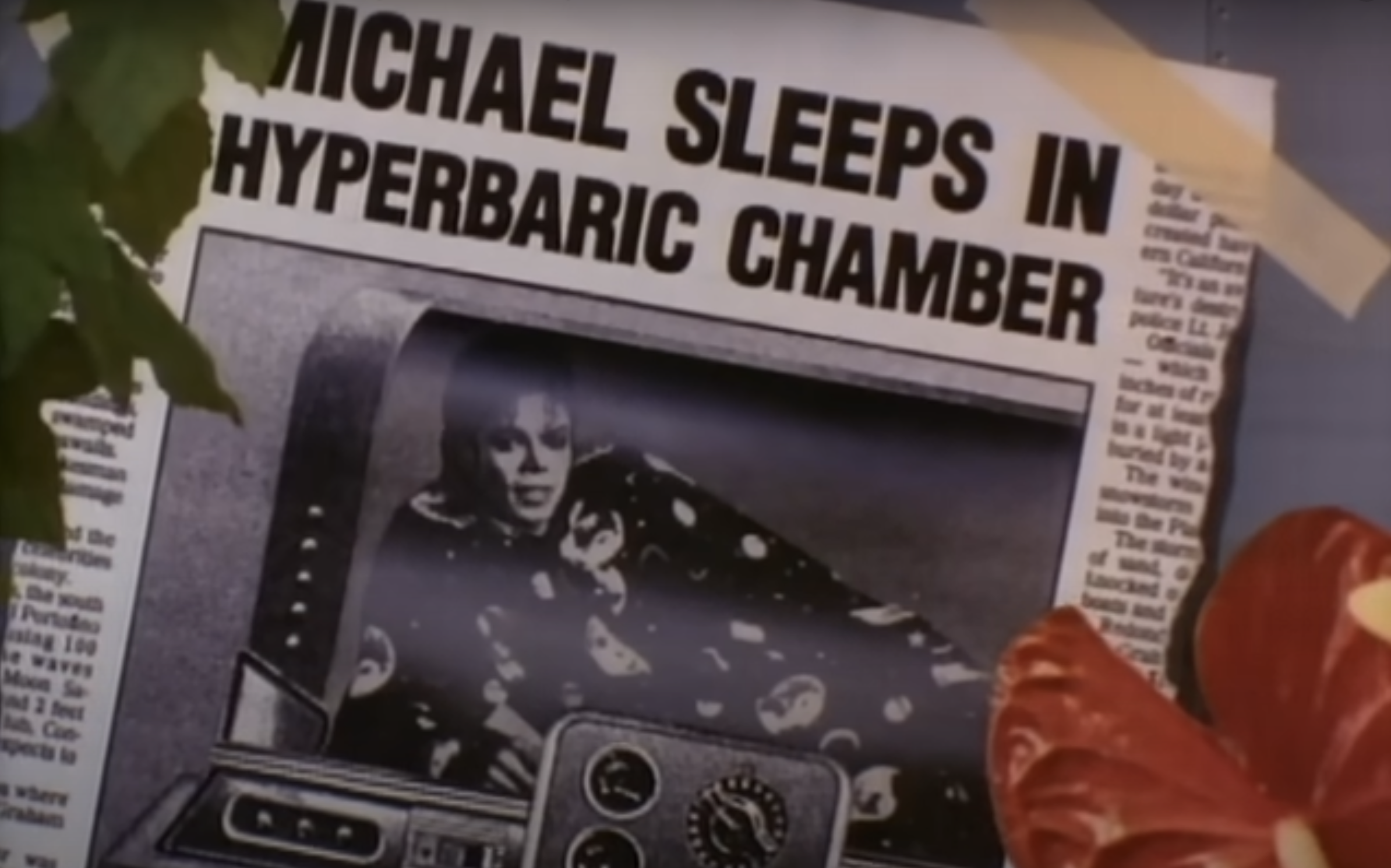Storytelling in Climate Communication: fewer Numbers, more Stories
In order to make people understand the urgency of the climate crisis, we need a change of narrative in climate communication. If years of reporting with its focus on individual causes, negative consequences and doomsday scenarios has not been effective enough, then what is? Instead of more information campaigns and scaremongering, we need stories that make people think and encourage them to act.

Knowledge vs. Action: When Inner Tension paralyzes
Norwegian psychologist Per Espek Stoknes has been researching for many years why people know more and more about climate change, but at the same time find it so difficult to take the problem seriously and act accordingly. The keyword is cognitive dissonance – a psychological term for the unpleasant feeling when behavior and knowledge do not match. Consequently, people try to reconcile the conflicting feelings/attitudes. This usually happens through one of the following mechanisms:
1. social comparisons & relativization of one’s own behavior
“My ecological footprint isn’t that bad. The Chinese are much worse.”
“I drive much less than my colleagues.”
2. relativization or denial of science
“There have always been climatic fluctuations and periods of heat in the history of the earth. Climate change is an invention of politics.”
3. relief
“I eat vegetarian food, so I can fly to Bali just once.”
4. adaptation of the plot
“Driving the 3 km by car is not consistent. I’ll get on my bike tomorrow.”
We humans are lazy when it comes to changing our actions. That’s why we often find excuses and adapt our knowledge so that it fits in with our previous actions – instead of the other way around.
Numbers, Data and Fear? What really Motivates People to Act
„[Climate change] is one of the topics where the state of scientific knowledge is probably best documented and most accessible,” explains Prof. Dr. Mike Schäfer. The professor of science communication at the University of Zurich knows that not every problem in the climate debate can be solved: “But there are many points that can be addressed through communication.”
One of them is to change the narrative. A British study by the Tyndall Centre for Climate Change Research found that fear is an ineffective means of motivating genuine personal commitment. Yet this is exactly what media reporting is characterized by. Media researchers from Harvard have found that climate change often stops at describing hopeless situations – and is therefore portrayed as even more hopeless than epidemics or natural disasters.
Heidelberg trend and futurologist Eike Wenzel writes in the Handelsblatt that we have “failed spectacularly for the time being” in the “media processing […] and asks: How do we get out of this communicative impasse? The British researchers at the Tyndall Centre have the answer: more appealing than the status quo of the media industry are non-threatening images and symbols that tie in with everyday emotions and concerns relating to environmental issues.
Climate Action: Making the abstract Tangible
The problem with the climate crisis is that it is supposedly remote: it is not directly observable and its effects are “beyond the geographical and biographical horizons of many people,” says Prof. Dr. Mike Schäfer. This makes it all the more important “to make the complex clear in simple images, the effects of the long-term process on the present, the effects in the distance using specific people”. The key is to point out concrete options for action and increase perceived self-efficacy.
Climate-friendly Language
An important step on this path is to rethink our choice of words, because language creates reality. Climate change sounds like an inevitable process – nice and cute to boot. Words such as climate emergency or climate problem do more justice to the extent of the problem. The first media outlets, such as The Guardian and taz, have already adapted their recommendations accordingly.
Global warming vs. global heating. Climate skeptics vs. climate deniers. Trivializing terms are actively used by industry lobbyists to downplay the problem and magnify scepticism. Dr. Torsten Schäfer, Professor of Journalism, deals with climate-friendly language and advocates broadening the climate vocabulary. Language should become more diverse and lively so that it becomes more effective.
Research: New Climate Communication
Together with his research group at Darmstadt University of Applied Sciences, Torsten Schäfer has been looking for ways and forms to tell the story of global warming in a new way – away from dry figures. They have identified the following (untapped) narrative potentials of climate change, among others:
- Self-test: This form is relatively common in the green spectrum and can therefore only be described as semi-alternative. The reporter takes part in a course (vegan living, survival techniques), gives up something for a certain period of time (plastic, meat, car), tests products (e-bike, solar car) or accompanies others on such experiments.
- Role models: People or groups who have already achieved something unexpected or are at least trying to do so always play a role here. Reporting on them with reports or portraits can inspire and invite imitation.
- Tour:You bring an expert to a location and take him/her on a thematic tour – for example, on the question of how a city needs to change in the wake of climate change or how public spaces can be redesigned to be family or bicycle-friendly.
- Patchwork narrative: Many small stories or portraits come together to form a colorful puzzle. This can work both internationally and regionally. This form allows a great variety to be shown and promotes mutual learning.
- Product history: The article focuses on the production of a good around the globe and often asks about the ecological footprint. This is a particularly good way of considering the economic aspects of sustainability, such as production and consumption.
- Visions & fiction: This is where fictional and fictional elements come into play; perhaps this is why these forms are somewhat rarer. One example is the Tagesschau future podcast “mal angenommen“.
- Fictitious court hearing: This requires writing skills, but has many advantages as roles are assigned such as judge, lawyer, NGO representative or industry spokesperson. In this way, a complex subject can be split up in a very controversial and at the same time purposeful way and presented and told from completely different perspectives. ZEIT Wissen demonstrated this with a fictitious hearing on green genetic engineering in 2013.
- Alternative protagonists: This is where the narrative elements within the form begin. But there’s nothing wrong with presenting an environmental story from the perspective of an endangered species.
- Material flows:Anyone who consistently follows a substance in the ecosystem, e.g. a chemical, is on the trail of an organic dramaturgy that contains its very own tension. The journalist Thilo Mischke recently did this with the carcinogenic PFAS.
- Searching for money: Money can also be a substance. If you follow the reporter’s rule of “follow the money”, you have a central theme for your story, which may be investigative and very profound, but in any case requires extensive research. In the climate field, this would be feasible with CO2 certificates and their allocation.
Storytelling is therefore not a nice-to-have add-on in the fight against climate change, but a fundamental component of science communication. Only those who manage to touch people personally with the facts and speak to the reality of their lives will persuade them to rethink and act.
Sources
- https://www.zeit.de/wirtschaft/2018-04/klimaschutz-klimabilanz-co2-fussabdruck-selbstversuch/seite-3
- https://www.wissenmachtklima.de/kognitive-dissonanz/#Kognitive_Dissonanz_und_Klimakrise
- https://journals.sagepub.com/doi/10.1177/1075547008329201
- https://www.fachjournalist.de/storytelling-und-klimawandel-klimageschichten-statt-statistik/
- https://www.sciencemediacenter.de/alle-angebote/rapid-reaction/details/news/klimawandel-wer-hilft-den-menschen-sich-zu-aendern-teil-1/
Share this article
Related articles

8 April 2025








